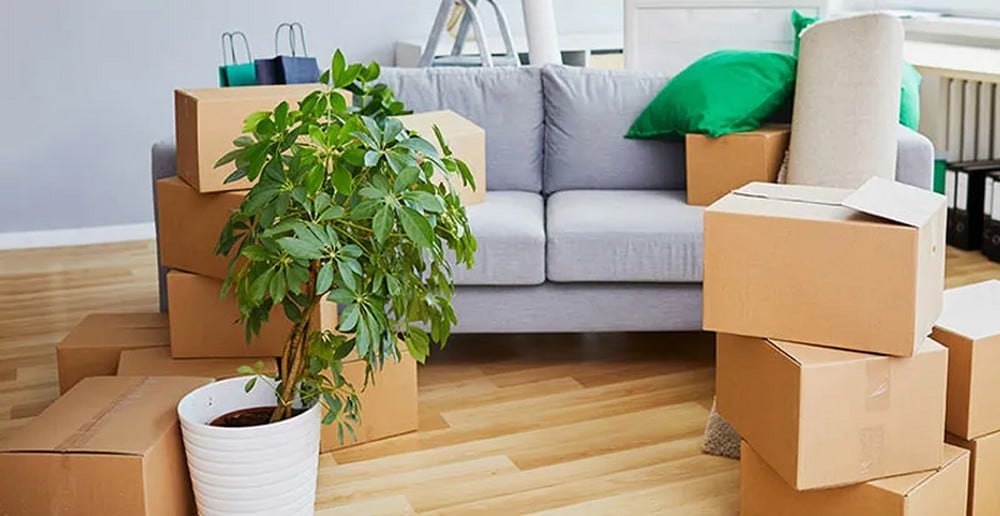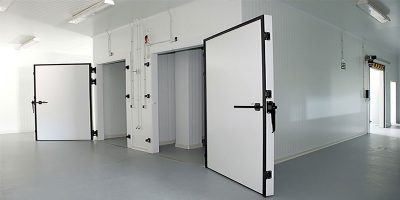
Moving into your first home is an exciting milestone, but it can also be a stressful experience if not properly planned. From arranging utilities to ensuring your furniture fits, preparation is key to making the transition as smooth as possible.
Taking care of essential tasks before moving day will help you avoid unnecessary stress and allow you to settle into your new space with ease.
Deep Clean the Property
One of the first things you should do before moving in is give your new home a thorough clean. While the previous occupants may have left it in a reasonable condition, nothing beats a fresh start with a deep clean. Cleaning an empty property is much easier than trying to do it once the furniture is in place.
Start with the essentials: hoovering and mopping floors, wiping down surfaces, and scrubbing the kitchen and bathroom. Pay special attention to often overlooked areas, such as inside cupboards, skirting boards, and behind appliances. If the property has carpets, consider hiring a professional carpet cleaner or renting a machine to remove any embedded dirt and odours.
Arrange Utilities and Internet
Setting up utilities before moving day ensures that everything is ready to go when you arrive. Contact providers in advance to transfer or set up accounts for electricity, gas, and water. Some services may take a few days to activate, so it’s best to arrange these as early as possible.
Internet and TV services can also take time to set up, especially if an engineer visit is required. Research the best broadband provider for your area and schedule an installation if needed. A lack of internet can be frustrating, particularly if you work from home, so sorting this out in advance will save you unnecessary inconvenience.
Inspect the Property and Carry Out Repairs
Before moving in, it’s a good idea to inspect the property for any issues that may need attention. Even if the home is newly built or recently renovated, it’s worth checking for minor faults that could cause problems later. Look for leaks, faulty wiring, broken fixtures, or any signs of damp. If you’re renting, make sure to report any concerns to the landlord before moving in so they can be addressed promptly.
If you’ve purchased the home, prioritise any urgent repairs before moving your belongings in. Jobs like repainting walls, fixing loose floorboards, or replacing outdated fixtures are much easier to do before furniture is in place. This is also a good time to test smoke alarms, carbon monoxide detectors, and security systems to ensure everything is in working order.
Change the Locks for Security
For peace of mind, it’s always a good idea to change the locks when you move into a new home. Even if you trust the previous occupants, there’s no way of knowing how many copies of the keys are still in circulation. Replacing or rekeying the locks ensures that you and your household are the only ones with access.
In addition to changing the locks on external doors, check the security of windows, garages, and any outbuildings. If your home has a security alarm system, update the codes and familiarise yourself with how it operates.
Measure Your Rooms for Furniture
One of the most common moving day frustrations is discovering that a piece of furniture doesn’t fit as expected. Whether it’s a dining table that’s too large for the space or a sofa that won’t fit through the doorway, improper measurements can lead to major inconvenience. Before moving in, take detailed measurements of all rooms, including doorways, hallways, and staircases.
The living room is often the most challenging space to furnish, especially when it comes to selecting a sofa. A sofa is typically the centrepiece of the room, so choosing the right size and shape is crucial. To avoid disappointment, measure your sofa correctly to ensure it fits comfortably in your space. Ensuring that large furniture can be manoeuvred into the home without difficulty will save you the hassle of returns or last-minute adjustments.
Plan Your Interior Design
Thinking about the design and layout of your home before moving in will help you create a stylish and functional space. Consider how each room will be used and the overall aesthetic you want to achieve. A well-thought-out colour scheme can set the mood while lighting choices will influence the atmosphere. Natural light should be maximised during the day, with warm lighting options for the evening.
Furniture placement is also key, ensuring there’s enough room for movement and everyday activities. If space is limited, multi-functional furniture like storage ottomans or extendable tables can be useful. Planning your interior in advance will make decorating easier and help you avoid costly mistakes.
Pack Strategically and Label Boxes
Packing efficiently will make unpacking much easier once you arrive at your new home. Start by sorting items into categories and labelling boxes clearly with their contents and the room they belong to. This will prevent confusion and save time when unpacking.
Consider packing an essentials box with items you’ll need immediately, such as toiletries, chargers, a change of clothes, and important documents. Having these necessities easily accessible will make the first night in your new home more comfortable.
Notify Relevant Parties of Your Move
Changing your address is an important step that shouldn’t be overlooked. Inform banks, insurance providers, and utility companies of your new details to ensure you continue receiving important correspondence. Don’t forget to update your address for subscriptions, online shopping accounts, and the electoral roll.
To prevent missing post, set up a postal redirection service with Royal Mail for a few months. This will give you time to update your details while ensuring any mail sent to your old address is forwarded to your new home.








